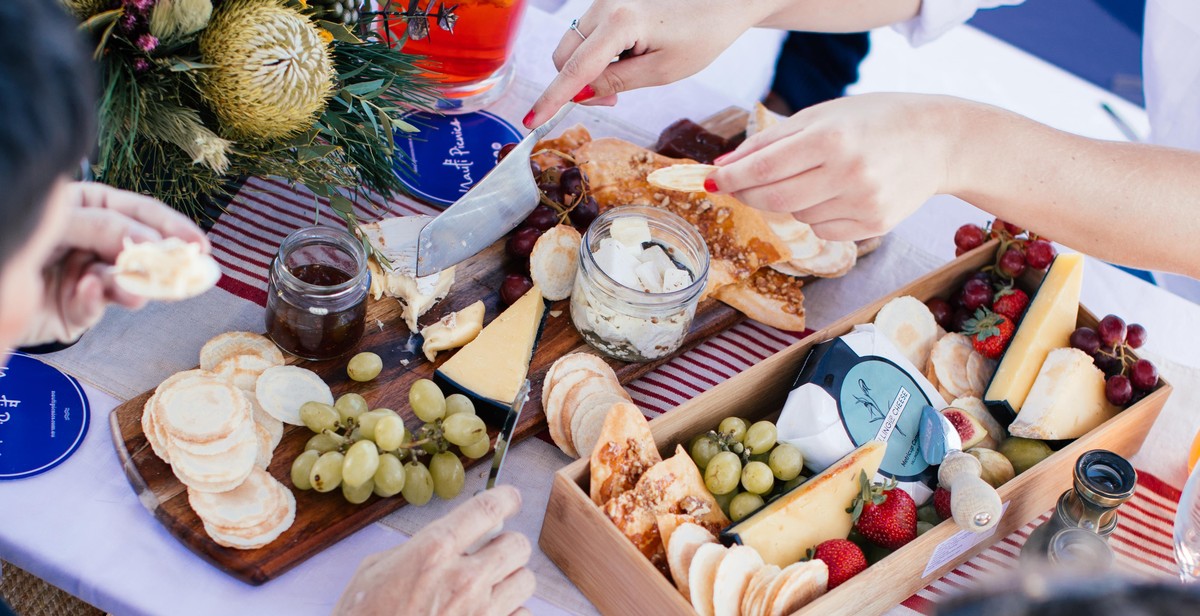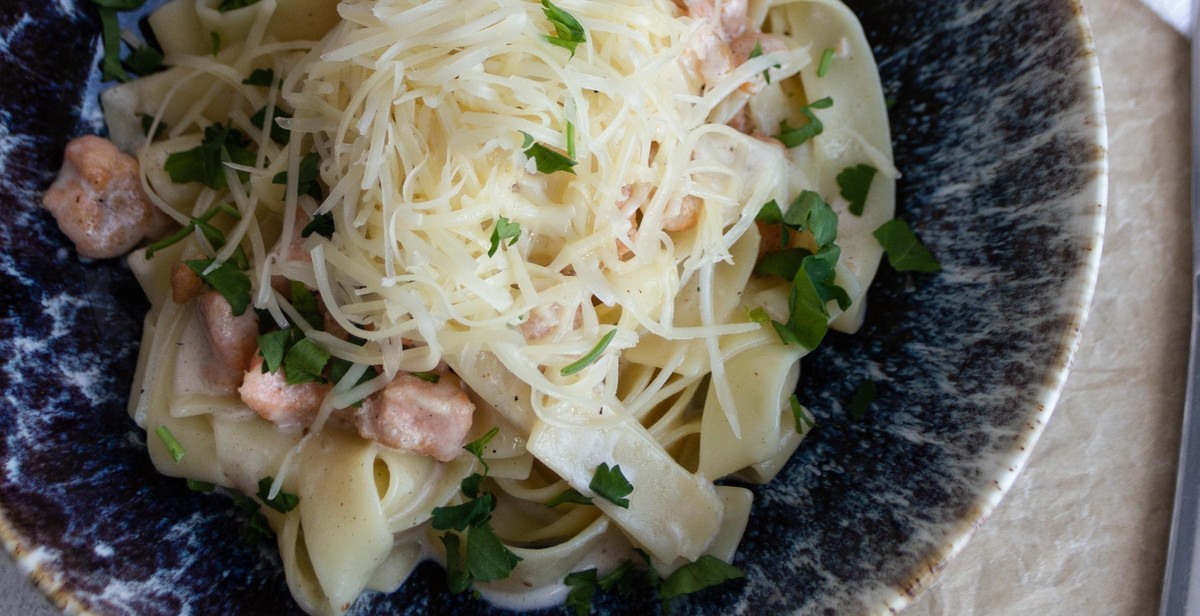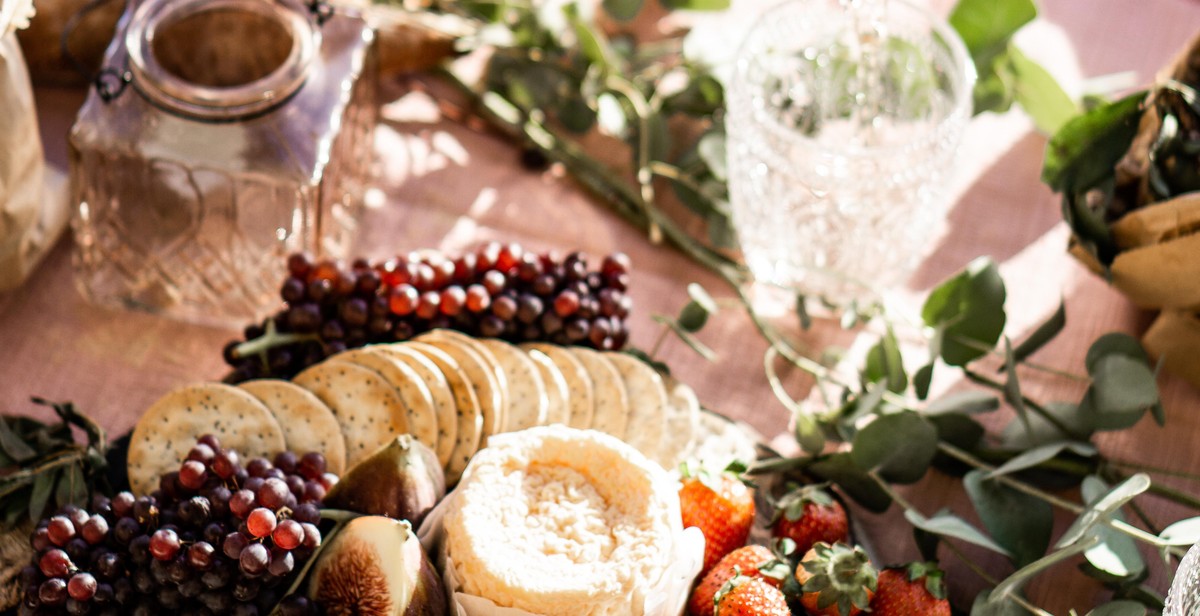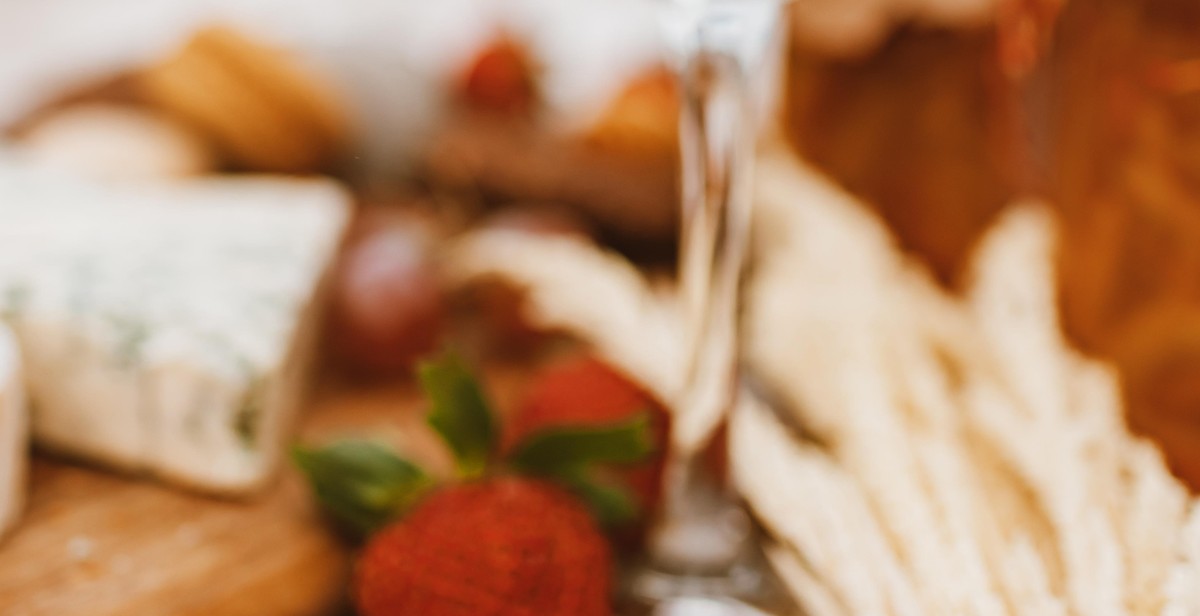How to Create a Cheese Platter: Steps for Assembling an Impressive Cheese Board
As a professional food writer and content creator, I have been creating cheese platters for years. I have learned from my personal experience that a well-crafted cheese platter can be the centerpiece of any gathering, from a casual get-together to a formal event. However, creating a cheese platter that is both visually appealing and delicious can be a daunting task for many. That’s why I have put together this guide to help you create an impressive cheese board that will wow your guests.
My Personal Cheese Platter Experience
Over the years, I have assembled countless cheese platters for a variety of occasions, from small dinner parties to large weddings. I have experimented with different types of cheeses, accompaniments, and presentation styles to create platters that are both visually stunning and delicious. Through trial and error, I have learned what works and what doesn’t when it comes to creating a cheese platter that impresses.
Whether you are a seasoned cheese connoisseur or a beginner, this guide will provide you with the tips and tricks you need to create a cheese platter that will leave your guests talking.

Step 1: Choosing the Cheese
When it comes to creating a cheese platter, the first and most important step is choosing the right types of cheese to include. Here are some tips to help you make the best selections:
Types of Cheese to Include
When selecting cheese, it’s important to include a variety of types to appeal to different tastes. Here are some popular options:
- Fresh Cheese: This type of cheese is soft and creamy. Examples include goat cheese and ricotta.
- Semi-Soft Cheese: These cheeses are smooth and buttery, with a slightly firmer texture than fresh cheese. Examples include brie and havarti.
- Hard Cheese: These cheeses are firm and often aged, with a more intense flavor. Examples include cheddar and gouda.
- Blue Cheese: This type of cheese is known for its pungent, sharp flavor and blue veins. Examples include Roquefort and gorgonzola.
When selecting cheese, try to include at least one option from each category to provide a well-rounded selection.
How Much Cheese to Buy
The amount of cheese you’ll need will depend on the size of your platter and the number of guests you’re serving. As a general rule, plan on serving 1-2 ounces of cheese per person.
If you’re serving other appetizers or snacks alongside your cheese platter, you may be able to get away with serving less cheese. However, if cheese is the main attraction, you’ll want to err on the side of caution and make sure you have enough to go around.
| Number of Guests | Amount of Cheese |
|---|---|
| 4-6 | 8-12 ounces |
| 8-10 | 16-20 ounces |
| 12-15 | 24-30 ounces |
Keep in mind that it’s better to have too much cheese than not enough. Leftover cheese can always be enjoyed later!

Step 2: Selecting Accompaniments
Now that you have selected your cheeses, it’s time to choose the perfect accompaniments to complement and enhance their flavors. When selecting accompaniments, it’s important to think about texture, color, and taste. Here are some options:
Crackers and Bread
Crackers and bread are essential for any cheese platter. They provide a crunchy texture that complements the creamy cheese. Choose a variety of crackers and bread to add some diversity to your cheese board. Some options include:
- Water crackers
- Crostini
- Baguette slices
- Crusty bread
Fruits and Nuts
Fruits and nuts add a sweet and crunchy element to your cheese board. They also provide a nice contrast to the salty and savory cheese. Here are some options:
- Grapes
- Apples
- Pears
- Figs
- Walnuts
- Almonds
- Pecans
Meats and Charcuterie
Meats and charcuterie provide a savory addition to your cheese board. They also add some protein to balance out the cheese. Here are some options:
- Prosciutto
- Salami
- Pepperoni
- Chorizo
- Pâté
- Smoked salmon
When selecting meats and charcuterie, it’s important to choose a variety of textures and flavors. You don’t want everything to taste the same!
Now that you have selected your cheeses and accompaniments, it’s time to assemble your cheese board. Stay tuned for step 3!

Step 3: Assembling the Cheese Board
Now that you have chosen the perfect cheese and accompaniments for your cheese board, it’s time to assemble it all together. Here are some tips to help you create an impressive cheese board:
Choosing the Right Platter
When it comes to choosing the right platter for your cheese board, there are a few things to keep in mind. First, make sure the platter is large enough to hold all of your cheese and accompaniments without feeling crowded. A good rule of thumb is to use a platter that is at least 12 inches in diameter.
Next, consider the material of the platter. Wood and slate are popular choices because they provide a rustic and natural look that complements the cheese. However, a marble or porcelain platter can also work well, especially if you want a more modern or elegant look.
Arranging the Cheese and Accompaniments
When arranging your cheese board, start by placing the cheese on the platter. If you have three or more types of cheese, arrange them in a triangle shape, with the softest cheese at the top and the hardest cheese at the bottom.
Next, add your accompaniments around the cheese. If you have a variety of accompaniments, group them by type and place them in small bowls or ramekins. This will help keep the cheese board organized and visually appealing.
When it comes to spacing, make sure there is enough room between each item so that guests can easily grab what they want without knocking anything over.
Garnishing the Cheese Board
Finally, add some garnishes to your cheese board to give it that extra special touch. Fresh herbs, such as rosemary or thyme, can be scattered around the board to add a pop of color and fragrance. Fresh fruits, such as grapes or figs, can also be placed around the board to add sweetness and texture.
Don’t forget to include some crackers or bread on the board for guests to enjoy with the cheese. And if you really want to impress, consider adding some honeycomb or a drizzle of honey to the board for a touch of sweetness.
| What to Include: | What to Avoid: |
|---|---|
|
|

Conclusion
Creating an impressive cheese board doesn’t have to be a daunting task. With the right combination of cheeses, accompaniments, and presentation, you can impress your guests and elevate your entertaining game.
Final Tips for an Impressive Cheese Board
- Choose a variety of cheeses, including different textures, flavors, and milk types.
- Include a mix of sweet and savory accompaniments, such as fruits, nuts, and crackers.
- Consider the season and occasion when selecting your cheeses and accompaniments.
- Arrange your cheese board in a visually appealing way, using different heights and textures to create interest.
- Label your cheeses so guests know what they’re trying and can avoid any potential allergens.
- Don’t be afraid to experiment and try new combinations of flavors and textures.
By following these steps and tips, you can create a cheese board that is not only delicious but also visually stunning and impressive. Your guests will be impressed with your attention to detail and your ability to create a memorable culinary experience.
| Remember: |
|---|
| Have fun and enjoy the process of creating your cheese board. After all, it’s all about bringing people together to share good food and good company. |
